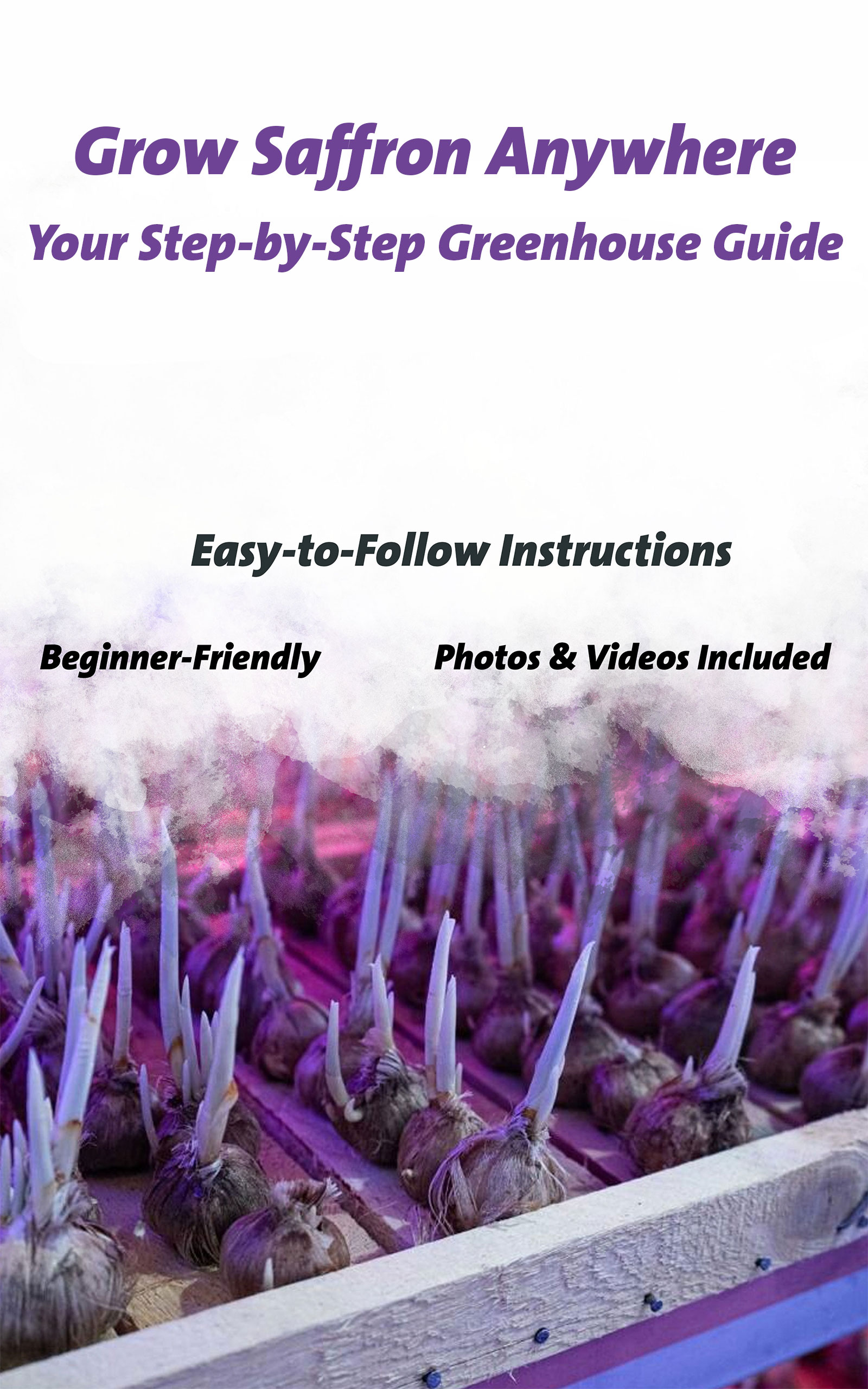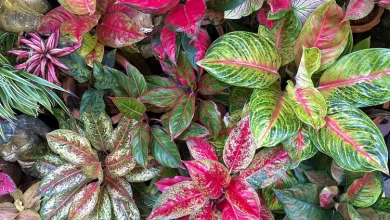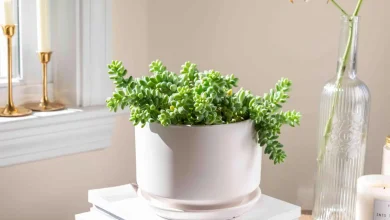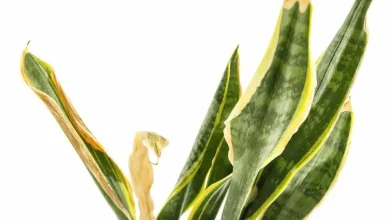Syngonium Red Arrow Care: How to Keep This Colorful Houseplant Thriving
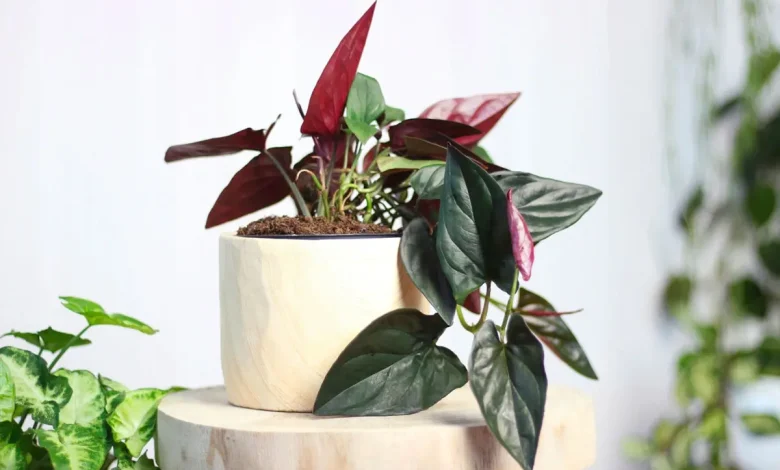
So you brought home a stunning Syngonium Red Arrow plant, drawn in by those vibrant arrow-shaped leaves. Now you want to make sure your new houseplant buddy sticks around for the long haul. I’m here to help with a complete care guide for growing a happy, healthy Red Arrow!
Getting to Know the Red Arrow Syngonium
This tropical beauty is sometimes called the arrowhead vine or goosefoot plant. It’s native to the rainforests of Central and South America and belongs to the aroid family, which includes plants like pothos and philodendrons.
The young leaves emerge a solid green with faint white veins, then gradually transform into a showstopping pink or red as they mature. It’s this fabulous foliage that makes the Red Arrow variety so popular!
Given the right conditions, this Syngonium can reach 3-6 feet tall and wide. It climbs if you give it some support, but also trails beautifully in hanging baskets or on shelf displays. Wherever it ends up, the Red Arrow brings energizing color and life to indoor spaces.
Caring for Your Red Arrow: Growing Conditions
Syngoniums are tropical plants that thrive in warmth and moisture. Recreate those rainforest conditions as much as possible and your Red Arrow will thank you with vigorous growth.
Lighting – Keep It Bright, But No Direct Sun
Bright indirect light keeps the Red Arrow happy. An east or west-facing window is ideal, providing a few hours of gentle morning or afternoon sunlight. North-facing rooms work too. Just avoid intense southern sun, which can scorch those delicate leaves.
If you don’t have a suitable window, supplement with artificial lighting. Fluorescent plant bulbs or LED grow lights give the bright illumination this Syngonium needs to really thrive. With low light, you’ll notice the leaves remain mostly green and growth slows.
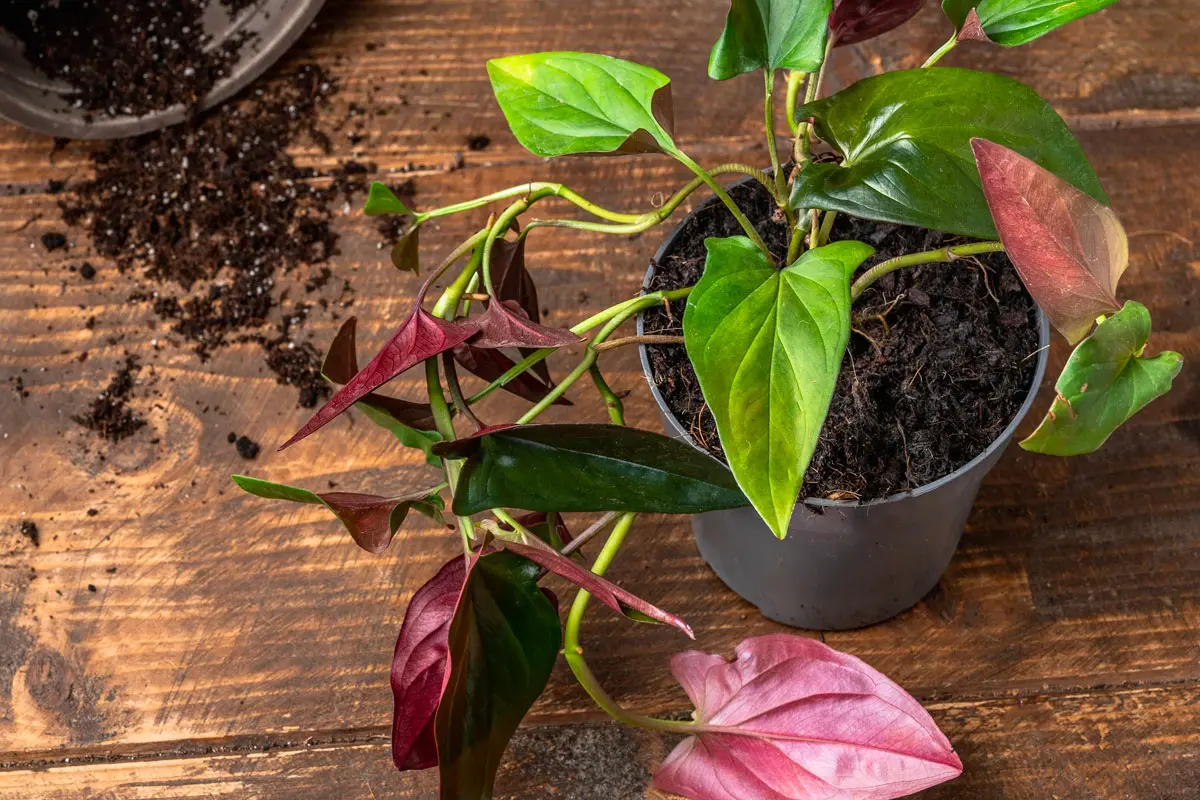
Temperature – Comfy Warm Is Best
Tropical plants like the Red Arrow crave balmy temperatures between 65-80°F during the day and 60-75°F at night. Keep it away from cold drafts. If your home cools below 60°F in winter, a portable heater can give this plant the warmth it misses from the tropics.
Humidity – Mist Me More!
Humidity makes a big difference for tropicals like the Red Arrow. Their large, thin leaves lose moisture easily in our dry indoor air. Low humidity causes brown crispy leaf edges. Yuck!
Aim to keep the humidity around 40-50% for a happy Red Arrow. Run a humidifier nearby, set the pot on a pebble tray, or mist the leaves frequently by hand. The more you can boost moisture in the air, the better.
Soil – Moisture Matters
Use a commercial aroid potting mix, or make your own blend with compost, peat moss, perlite and bark chips. This gives you a light, well-draining soil that retains some moisture but allows excess water to drain out easily.
Avoid regular potting soil, which stays too wet. And never let the plant sit in water, or root rot sets in fast.
Keeping Your Red Arrow Gorgeous – Ongoing Care
With the right environment in place, just a bit of routine care keeps your Red Arrow thriving for years. Here’s how:
Watering – Don’t Let It Dry Out!
Check the soil moisture every few days by poking your finger in the dirt. Water thoroughly whenever the top inch or two of soil is dry. Syngoniums dislike letting their roots dry out completely.
In winter during dormancy, reduce watering frequency. But take care not to underwater. Leaf wilting or curling signals a need for more water pronto!
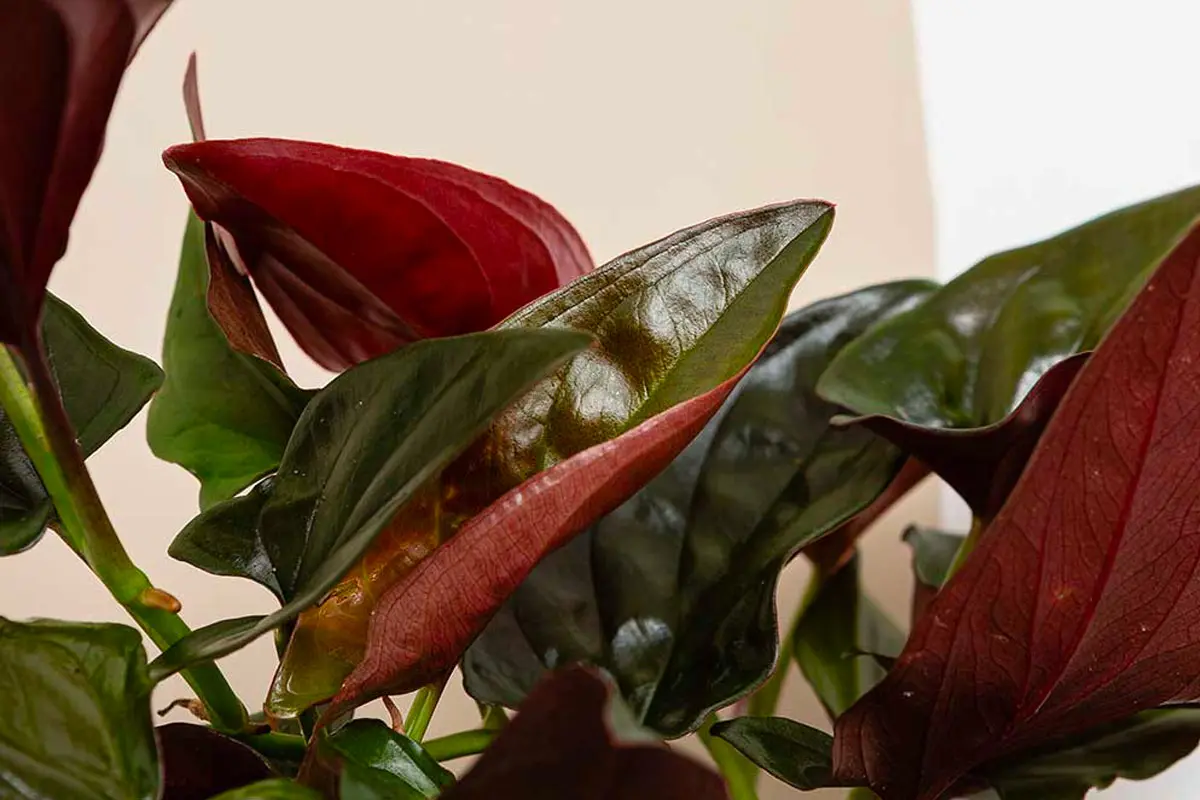
Fertilizing – A Little Food for Growth
Feeding monthly in the growing season gives your Red Arrow a nutritional boost. Use a balanced liquid houseplant fertilizer diluted by half. In fall/winter, fertilize every 6-8 weeks when growth slows down.
Over-fertilizing can burn the leaf tips, so don’t get too zealous! Follow package directions for best results.
Pruning – Shape As Needed
Prune off any damaged leaves or trailing stems to keep your Red Arrow looking fresh. If the plant gets gangly or uneven, pinch back long vines to encourage bushier new growth.
You can prune quite aggressively – these tough tropicals bounce right back. Just have sterilized scissors handy for snipping.
Support – Give Me Something to Climb!
Left to its own devices, the Red Arrow will happily trail across your shelves and tables. But you can encourage it to climb up a support if you want a vertical display.
A moss pole, coir totem, or simple trellis gives those vining stems something to latch onto and climb upward. Use soft plant ties to gently secure stems to the support as needed.
Propagation – Make More Plants!
What’s better than one gorgeous Red Arrow? How about multiples to fill your whole house! Propagating these Syngoniums from cuttings is super easy.
Just snip off a stem with 3-4 leaves, pop it in water or moist potting mix, and voila! New root growth lets you pot up an entirely new plant.
You can also remove plantlets, called pups, that form on the mother plant, to grow as cuttings. Share the love with friends!
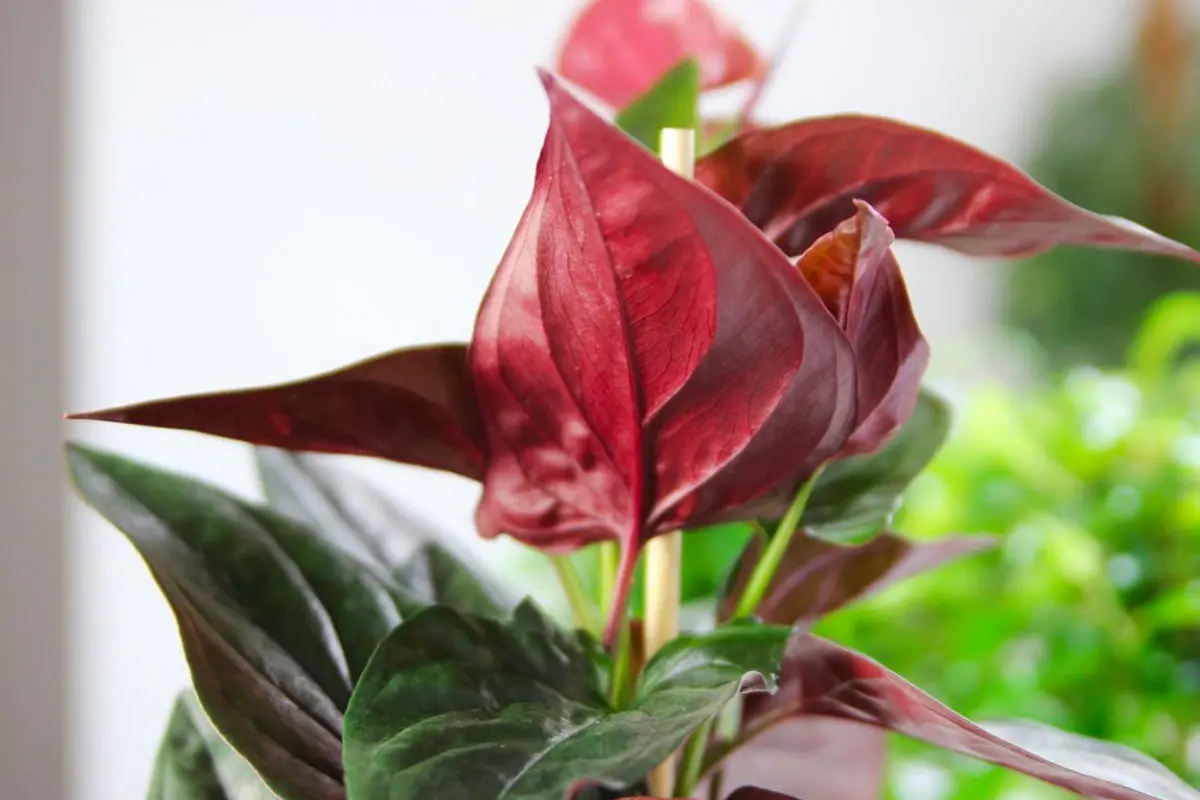
Troubleshooting Problems: Why Does My Plant Look Sad?
Even when you follow proper care, issues occasionally crop up. Here are some common Red Arrow problems and how to fix them:
- Yellowing leaves – This can mean overwatering, fertilizer burn, or low light. Adjust your care and prune damaged leaves.
- Drooping leaves – Dry air or underwatering often causes wilting. Increase water and humidity.
- Leaf spots – Fungal or bacterial diseases cause these pesky spots. Improve air flow, prune affected leaves, and water less.
- Leggy growth – If your plant gets sparse and lanky, it needs more light. Prune heavily, fertilize, and move it closer to a window.
With a little vigilance, you can keep your Red Arrow looking its absolute best!
Enjoy This Fabulous Foliage Plant!
There’s a reason the gorgeous Red Arrow Syngonium remains so popular – it’s simply stunning! Follow this care guide and you’ll have a happy, healthy specimen bringing vibrant color to your indoor garden.
Give it bright filtered light, warm temperatures, plenty of humidity, and rich soil. Water thoroughly when the topsoil dries out. Mist frequently, fertilize monthly, and prune as needed. Before long, you’ll have the lush green and pink arrowhead foliage that makes this plant so special.
Here’s to enjoying your Red Arrow Syngonium for many years to come! Let me know if you have any other plant care questions – I’m always happy to help a fellow houseplant enthusiast.
Frequently Asked Questions About Red Arrow Syngoniums
How much light does my Red Arrow need?
Bright indirect sunlight, like that from an east or west window, keeps the Red Arrow growing strong. Give it at least 4-6 hours of bright filtered light daily.
Why are the leaves turning yellow?
Yellow leaves often mean you’re overwatering or the plant is getting too much direct sun. Adjust your care, prune off damaged leaves, and new healthy growth should resume.
What’s causing droopy, wilting leaves?
Dry soil and low humidity cause leaves to wilt and droop. Check soil moisture, water thoroughly when the top 1-2 inches are dry, and increase humidity around the plant.
How can I encourage bushier growth?
Pinch or snip off long, leggy stems above leaf nodes to promote side branching. Fertilizing regularly in spring and summer also boosts lush growth.
What’s the best way to propagate new Red Arrow plants?
These Syngoniums root readily in water or moist potting mix from stem cuttings. Remove pups that form at leaf nodes and root them the same way. It’s an easy way to make more plants!
Recent search terms:
- gruloda com
